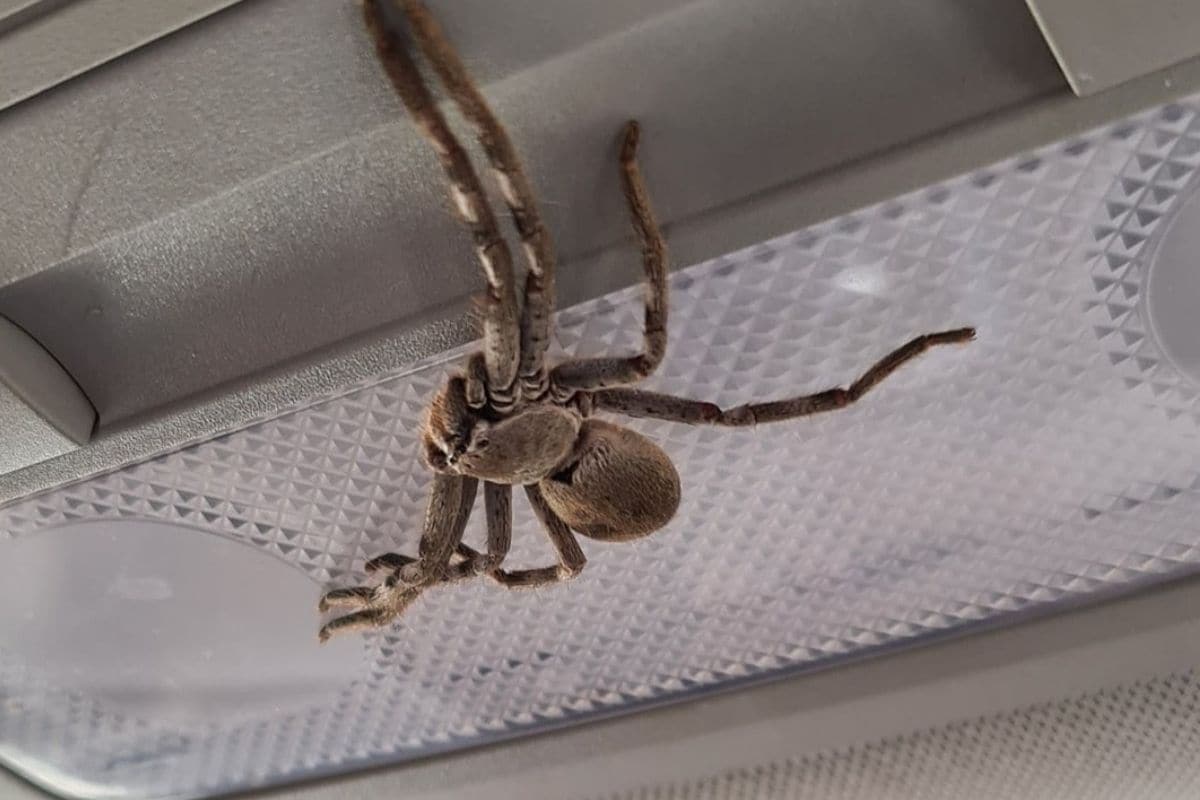
If not, some kind of in-closet and under-the-cabinet lighting also helps for getting rid of the bugs. If you have a way to turn on the lights in crawl spaces, you can keep them out of your walls and cabinets. Any container of compost makes a good home for a spider cricket, especially in damp weather.
#Spider cricket windows
This is particularly important for basement windows and any windows next to flowers boxes.
#Spider cricket how to
READ How to Repel Insects: Natural Formulas to Repel InsectsĪ memorable if somewhat crude way of explaining spider cricket bites is that these bugs have mandibles that they use for eating fungus and moldy paper. It's not a common infection, by any means, but it can cause diarrhea, nausea, loss of appetite, and a very itchy anus. This nematode can be spread from cricket to human during its bite, which is also, well, kind of gross. However, what isn't reported in many places is that they can also carry a parasite called Hymenolepis nana. Cricket enthusiasts correctly point out that the creepy insects carry the parasitic nematode Pterygodermatites peromysci that they spread from mouse feces back to the next mouse that eats them, and that this parasite does not harm humans (so the crickets must be harmless, right?). However, spider crickets can harbor parasites known as nematodes. No one is going to lie down for a nap in a house infested with spider crickets only to be discovered as a skeleton picked clean the next day.
#Spider cricket skin
Normally dining on mold, fungus, paper, or decaying leaves and plant matter, they are also capable of taking a painful bite out of human skin (although pet shop owners who sell them and insect enthusiasts are more likely to describe the bite as an "annoyance"). When spider crickets find a food source, they congregate by the hundreds. The long appendage on the female's hind end is an ovipositor, a tube for laying eggs. Females of the species appear to have a "stinger," but they don't actually sting.


The males' legs secrete a pheromone that attracts masses of females long after they leave the scene. Males of the species have spikes on their legs that help them secure the attention of an unwilling female when they want to mate. They have long antennae that help them navigate in the dark. They have long, drumstick-like legs, just six, since they aren't actually spiders.
#Spider cricket full
If you bend over to inspect the bugs that will shortly renew your interest in home pest control, you'll get a face full of bugs.Īlso known as cave crickets, camel crickets (due to their beige exoskeleton), sprickets, and mutant spiders, spider crickets like to forage together. Looking something like a shrimp with long legs, spider crickets jump directly at what frightens them when they are startled.

Sometimes in fall or winter you'll find a writhing mass of strange-looking bugs lurking under a cabinet or in your business.


 0 kommentar(er)
0 kommentar(er)
